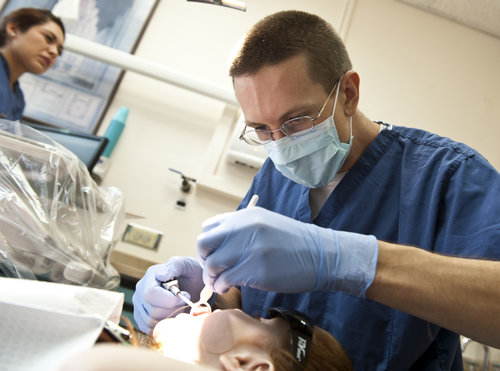Today I had dental surgery.
Oh, boy, did it hurt.
While I sat beneath the bright lights and the masked faces of the dentist and her assistant, I thought about the peak-end rule.
You see, back in the early 90s, Daniel Kahneman and his collaborator, Barbara Fredrickson, noticed that peoples’ emotional recollections of their experiences were not mere averages. In other words: their memory systems didn’t simply compute an average of how they were feeling across all of the moments that made up each experience. Instead, their emotional memories seemed to be based on a couple of key moments from each.
Specifically, people seemed to overweigh the emotional peak and the how they were feeling at the end of each experience. Hence, the peak-end rule.
So let’s say that you went to Cancun on vacation, but while you were there you got in a huge fight with your spouse. You were pretty sure the relationship was going to end. It was terrible.
But, then, on the last night you had an amazing dinner and made up.
Your emotional recollection of that trip is going to be fairly neutral.
Why?
Because the average of a low (the argument) and a high (wonderful make-up dinner) is right near zero.
Before you wonder what this has to do with dental work, I want to point you to an experiment that Grandmaster Kahneman and his colleagues did on colonoscopy patients.
In the study, the researchers randomly assigned colonoscopy patients into two groups:
- The regular colonoscopy group (control group)
- The long colonoscopy group
The regular colonoscopy group received run-of-the-mill colonoscopies.
The long colonoscopy group received run-of-the-mill colonoscopies, but then had the tube left in them for a few extra minutes at the end—before it was gently removed.
While I’m not a colonoscopy expert, my understanding of the procedure is that the ending is normally quite unpleasant… with the tube getting pulled out at a less-than-comfortable speed. This means that most colonoscopy patients end their procedures on an extremely unpleasant note.
So by leaving the tube in longer and making sure those last few moments are fairly neutral, it should be possible to shift the post-procedure appraisal in a positive direction.
And that’s exactly what Kahneman & co found.
“…adding a short interval of minimal discomfort to the final moments of the procedure caused patients to retain a more favorable (less aversive) overall memory of the experience. The intervention caused about a 10% relative decrease in the overall memory of pain, a 10% relative increase in the number of patients who returned for follow-up…”
With my surgery, I was lucky. While it was definitely painful at times, the dentist made sure to shoot me full of enough painkilling ambrosia to ensure I had a smooth ride (no big negative peaks). And the end of the operation wasn’t bad at all–the dirty work had been done by that point.
Already, I’m looking back on this morning quite neutrally… maybe even with a slight tinge of fondness. Why the fondness? They gave me apple juice (to wash down some pills) at the very end.
Best,
Jason





